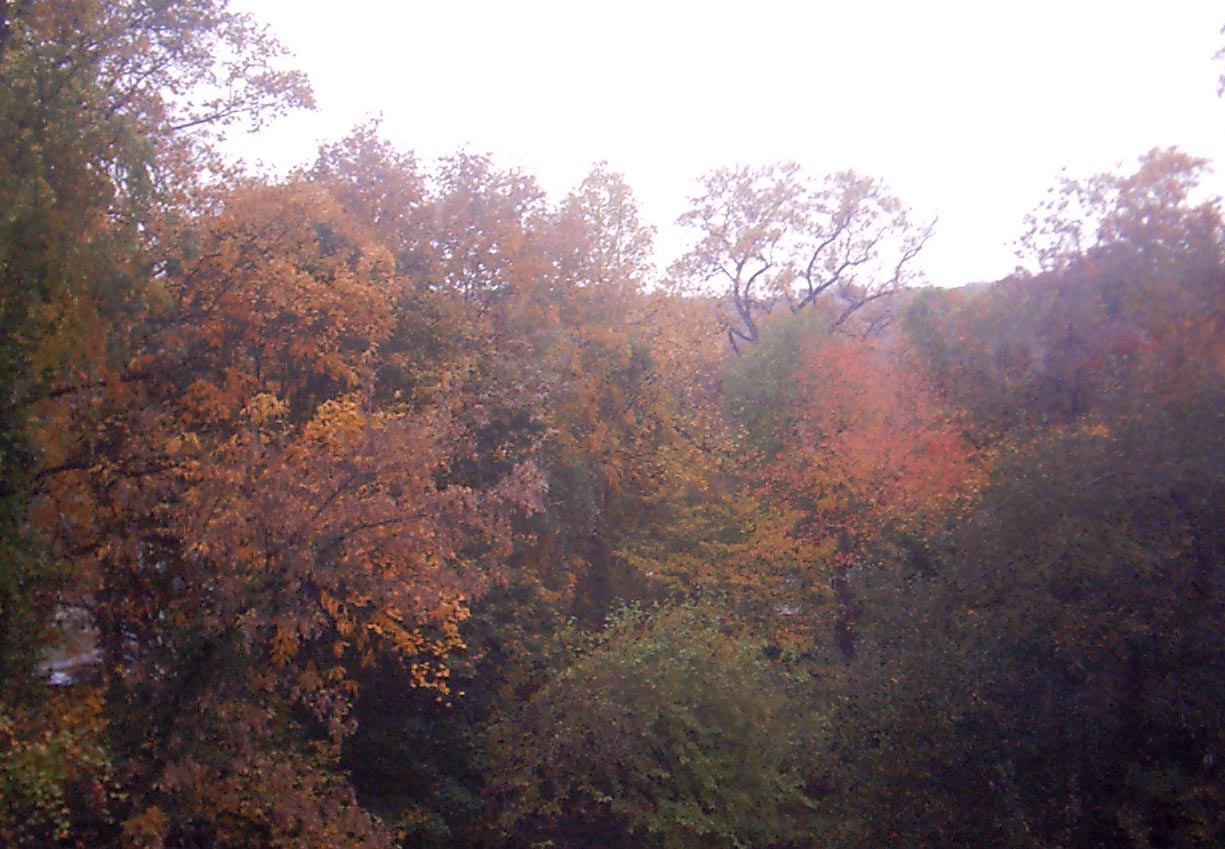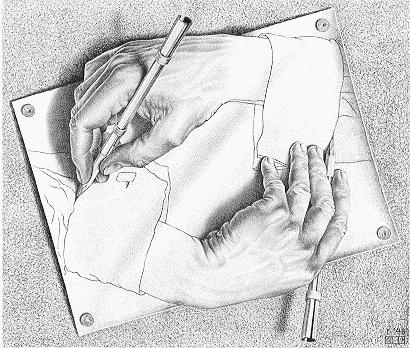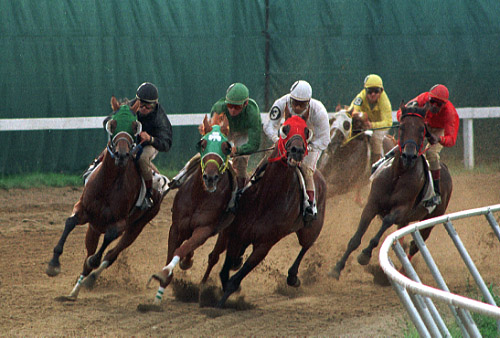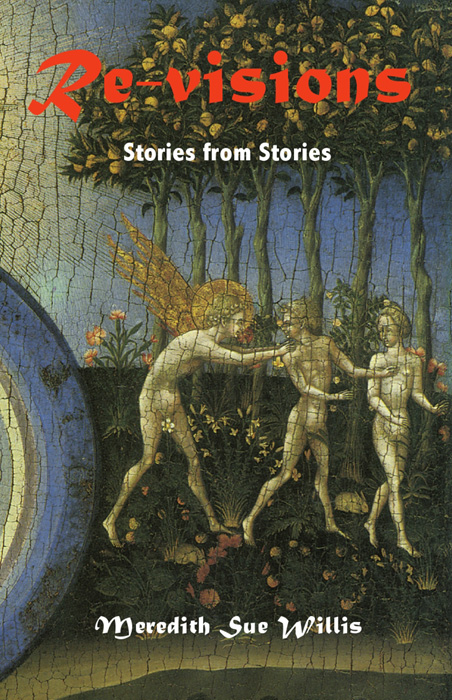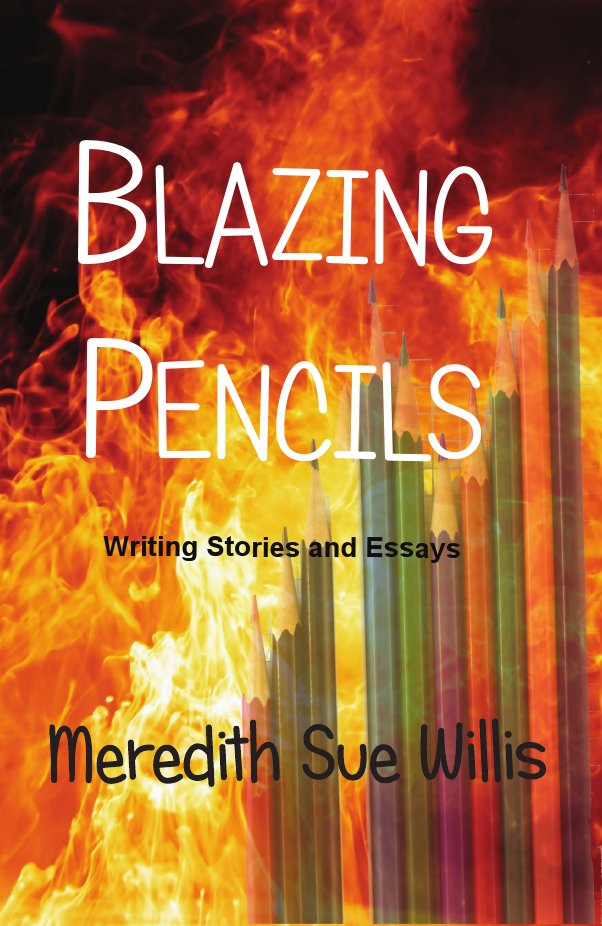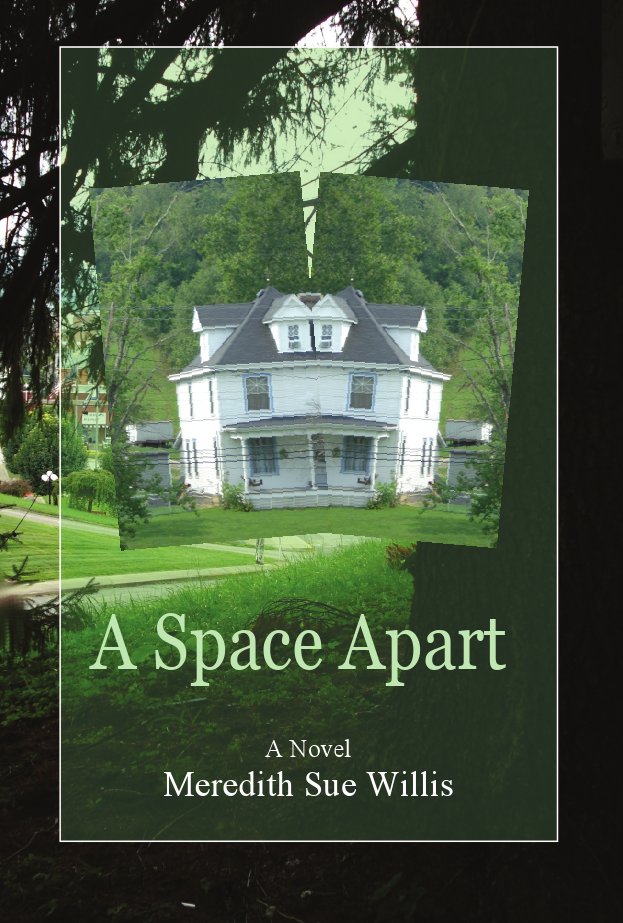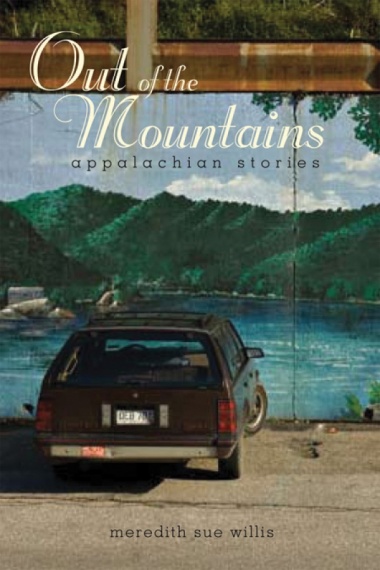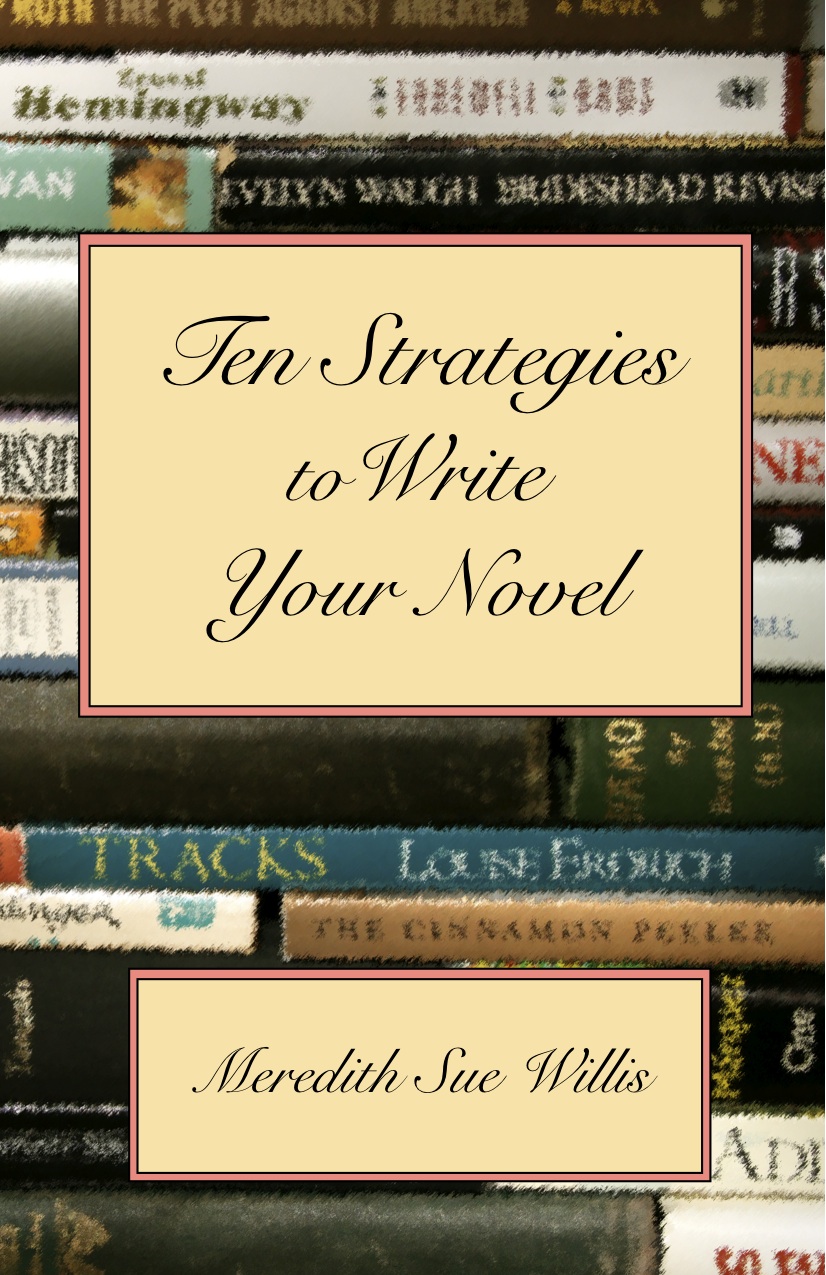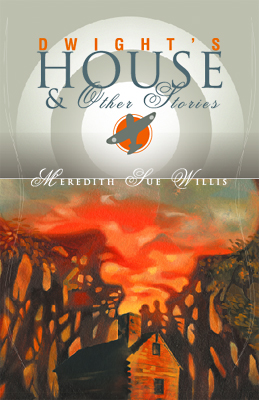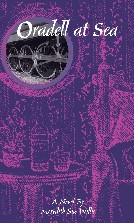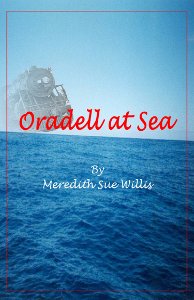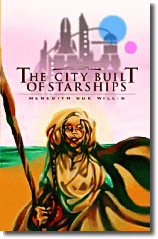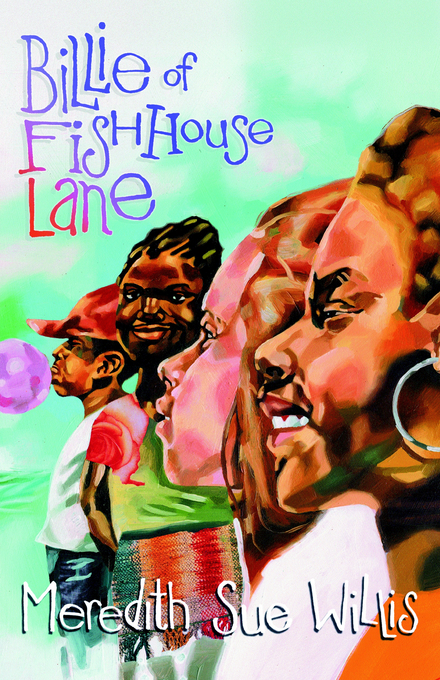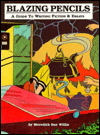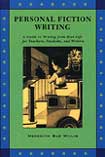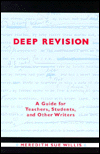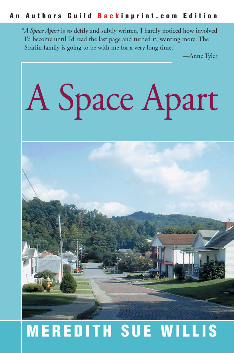Writing Exercises 141-160 are on this page.
Current Exercise
Exercises 1- 20
Exercises 21- 40
Exercses 41 - 60
Exercises 61-80
Exercises 81-100
Exercises 101 - 120
Exercises 121 - 140
Exercises 141 - 160
Exercises 161 - 180
Exercises 181 - 200
Exercises 201 - 240
Exercises 241 - 260
Exercises 261 - 300
Exercises 301 - 330
For writing exercises for kids, click here.
For teens, begin here.
Exercise # 141
It is just at the end of the peak season of colorful leaves in the Northeast of the United States. Close your eyes and put yourself there, among the crimson and yellow and mauve and rust colored leaves. Smell the air, notice if the sky is blue or gray.
Then write what you saw in your imagination, and then write something that happens in that place at that time...
Exercise # 142
Do you blog? A blog is, of course, a public journal (a "web log"), usually on a topic, but sometimes strictly personal. The most notable thing, however, is that it is totally public to anyone with an internet connection. Try a day or two of writing both a journal and a blog (whether you actually post it or not). Write about what's going on in your life, what you think about politics or anything else. Write the journal in a highly personal way, no holds barred as to naming names and spilling out how you feel including your ingrown toenail if you have one-- and write a second version of the same material that is written as if your mother, or at least some social acquaintances, might be reading it. After a couple of days, look back and think about how different the two versions are, and if you actually prefer one version of yourself to the other.
Exercise # 143
Are you stuck in your writing? Try this exercise, which can work with fiction or with memoir or other personal narrative. Have your character (or yourself) observe, remember, interact with-- a small child. This works especially well if you first spend some time observing the child and describing it-- especially how it moves, what it does. Feel free to include an interaction between the main character and the child.
Exercise # 144
It's a picture of beans.
Just beans.
They happen to be a variety called Jacob's Cattle (and if you want the Biblical source of the name, click here ). What could these beans start in your ongoing writing project? Or, where might a directed free write that begins with the beans lead you?
A directed free write begins with setting a timer for some arbitrary period of time -- ten minutes is usually good. Then, write down the starting phrase or idea, in this case "Jacob's Cattle beans," and proceed to write anything that comes to mind. If your mind wanders, follow the wandering thread. If you are stuck, repeat a word until a new idea comes. The only rules are to keep writing for the full time, and to begin with the assigned phrase or idea.
Exercise # 145
Read the poem here, about raising and slaughtering chickens. What does it remind you of? Can you write a short poem or story of the first time you saw something die??
Exercise # 146
Maybe Not...
It's holiday season! Everything is just as perfect for everyone as it is for the little blonde Victorian child above. Everyone is so thrilled and happy and ecstatic-- or, maybe not?
Write a story, fiction or nonfiction, about an unhappy holiday experience. Perhaps it has to do with you being a child of one culture feeling left out by the celebrations of another culture. Or perhaps there was a disappointment in your life, or some important loss. Just write some of the other side of the season.
Exercise # 147
Write a crowd scene in two versions. First, write a party or crowded mall or political demonstration or other scene with large numbers of people, and try to write in a way that makes it crystal clear what is happening-- who stands where, how far it is across the space that is crowded with people, etc.
Next, write a second version in which the point-of-view character is in a state of fear or mental anguish or other unusual mental state so that things seem confused
Exercise # 148
It's a New Year, and it's all about NEW. Pull out something you wrote at least a year ago, and preferably ten years ago or more. Look for an old journal entry or a story or essay you long ago laid aside. Look for crumbly yellow paper or a 5 and a quarter inch floppy disk that is only readable on your your Kaypro computer.
Read the ancient piece of writing, and and use it to start something new.
Exercise # 149
Write a dialogue between two people of different genders. This could be a parent and child, heterosexual lovers-- whoever, as long as one is female and one male. After you've drafted, notice if you gave the fragment a setting. If not, do-- have them in the park, in a restaurant, at the kitchen table-- wherever. Now write again, changing the weather or atmosphere. If they are outside, what if it starts to rain? What if they are indoors and the lights go out? What if it's a moon-drenched night? Breathless heat? Let the "weather" change the atmosphere-- and, perhaps, what they say.
Exercise # 150
Write a long detailed passage in continuous time that includes opening car doors and turning the key in the ignition and putting the car in gear, or maybe someone getting up in the morning or going to work or putting on his socks and shoes. Write in super-detail.
Lay this aside and come back at least an hour later. What part do you definitely want to cut away? Does some of the detail actually seem interesting and worth saving? Can you revise it in a way that shows what is happening inside the character so that the boring detail is the merest scaffolding for the real interest. You might make it funny, or perhaps as the character cleans his teeth he has a flashback.
Exercise # 151
Think of a real or fictional person you have seen or imagined: a the chauffeur leaning against a limousine smoking, the woman who sits next to her shopping cart on the stoop shivering. Focus on the person's hands and describe the hands doing some tiny action that seems typical of the character : plucking at a shawl, cracking knuckles? Do this in extreme close-up and great detail.
Exercise # 152
One of the mistakes beginning writers make is to think it is interesting to read about people being happy and having fun. In prose narrative, in general, negative events and situations are more vivid than happy ones. I thnk this is probably because narrative thrives on conflict, and conflict is sometimes-- not always-- expressive of negative emotions or situations. Perhaps it isn't so much sad versus happy or positive versus negative as it is dynamic versus static.
Write a scene with people doing something pleasant, enjoying themselves. Make it a real scene, with dialogue and action, not just a description of eating a delicious fresh cannoli! Have everyone happy and relaxed. Then, something bad or dangerous or confusing happens. The scene becomes full of strife or tension. It may not last, but it happens. Whether it is serious or funny is your business, and also whether or not things go back to the original serenity.
Exercise # 153
We're hitting the end-of- winter doldums-- the groundhog saw his shadow, and we are largely stuck indoors for weeks to come. Write a piece about a favorite summer meal or food-- describe in detail: a picnic at the beach? Watermelon eaten on the back steps where you can be as messy as you want? An elegant luncheon of chicken salad with walnuts and grapes served on the verandah? Fresh berries warm with the sun, eaten as you pick them?
If you come up with several images, try them as a list poem. Take a look at Nikki Giovanni's Knoxville, Tennesse.
Exercise # 154
This late winter-early spring image of Brooklyn and New York City is by artist Ella Yang. Imagine you or a character standing on a Brooklyn rooftop. Write what you see, and what you remember or think about.
Exercise # 154
Today is the first day of spring-- and it snowed this morning! Write a scene or story or memory or poem in which something surprising or even paradoxical happens: someone has had a great loss, and it's a gorgeous sunny day. A couple has their best evening together ever-- after they've decided to break up.
Exercise # 155
Do a search for a folk tale online, perhaps a Native American story or an Anansi the Spider tale from Africa. These stories come out of an oral tradition, of course, passed down from one teller to another. There are book versions of these, carefully written and illustrated, but look for something that is less literary. Copy and paste one of these folk tales into your word processor. Copy and paste it again, so you have two copies of the same story.
1. Revise it by simply tightening it and shortening it, till there is nothing left but the bare bones of the story.
2. Now write another version, in which you make the tale more like a realistic short story. Put in quoted dialogue, details of description, internal monologue, perhaps a first person point of view.
Reread your two versions. Do you like one better? Can you still recognize the original in your “realistic” version?
Exercise # 156
I usually encourage students to start a new piece of writing with something concrete-- a scrap of overheard conversation, a jade bracelet, a childhood baseball glove. But the opposite works too: Imagine a character (or, if you are writing a memoir, yourself; or,if you are writing a novel, a character from the novel) in a quiet moment, a lull, a moment with no dialog or action-- sitting under a tree, on the deck, in a bus. The person starts thinking about... money. Write the thoughts, and wherever that takes you-- to a memory? To a scene with an argument about money?
Exercise # 157
This is an exercise for getting an imaginative grip on a large project, a novel or memoir or any longer prose piece.
Get yourself comfortable and close your eyes. Think of your project. Now imagine what your project would be if it were a body of flowing water. Would it be a great river through the jungle like the Amazon or a small stream or a creek hidden by its banks? An industrial river with many tug boats and cities on its banks or a river cutting through high barren cliffs?
Next, where does the reader enter into the river? And using what sort of craft (tug boat? Kayak? Raft?) does the reader use. Finally, where does the river go? Or, alternatively, what is its source?
Write this exercise and the read it over, and look for insights into the structure of your work.
Exercise # 158
I've been watching the big 3 year old horse races as I usually do in the spring. I don't follow horse racing, but have always loved horses, from afar mostly. Today's Preakness had lots of terrific story lines: the winner was a filly named Rachel Alexandra; the runner up was the Kentucky Derby winner Mine that Bird, who once again came from last place very nearly to win. The winning jockey had the choice of the two top horses. So the writing assignment is: write something with a horse race in it. This could be: someone walking into the den with something important in mind and everyone is watching the race. It could be what I was beginning: a history of your own experiences and thoughts about horses and horse racing. Maybe someone goes to the races for the first time. Maybe some horses race informally. The assignment is simply to do some writing with a horse race in it.
Exercise # 159
Here's a writing exercise I like to do with people who are just starting out in the world. If you haven't done something like this in a while, it may be a good time!
Sit down in front of a mirror with a pad and pencil and write a "word portrait" of yourself. Try to be as objective as possible. What do you see in front of you? Hair color? Nose? Glasses? Is the face smiling? What is the person wearing?
After you've observed, turn away from the mirror and write a second paragraph (or verse, if you found yourself getting poetric). In this one, do the "inside" to complement the "outside." What is not obvious to someone looking at you? What are the surprising facts, the dreams and hopes-- and secrets?
Exercise # 160
Two people are discussing some inanimate object (a piece of food, a statue, a sweater) or abstract idea. Write a dialog of their conversation. What do they say? But-- whare are they really saying?
A Kaypro. One of the Sewing Machine Sized early personal computers.
Subscribe to Meredith Sue Willis's Free Newsletter
for Readers and Writers:
Send email to MSW
New Book Deal!
Special Price on Meredith Sue Willis's new book of stories from myths and other stories: Re-Visions. Regular Price $14.95 plus S&H now $13.00 plus S&H.
Click on the Book or here.Re-visions: Stories from Stories is a collection of spin-offs from myth, fiction, and the Bible. From a new look at Adam and Eve and why they left the Garden to a grown-up Topsy from Uncle Tom's Cabin to the confessions of SaintAugustine's concubine- each story offers a gloss on the original as well as insights into how we canlive today.
Photos found on the various pages of this web site may be used by anyone,
but please attribute the source when it is specified.
This work is licensed under a Creative Commons Attribution-NonCommercial-ShareAlike 3.0 Unported License.
